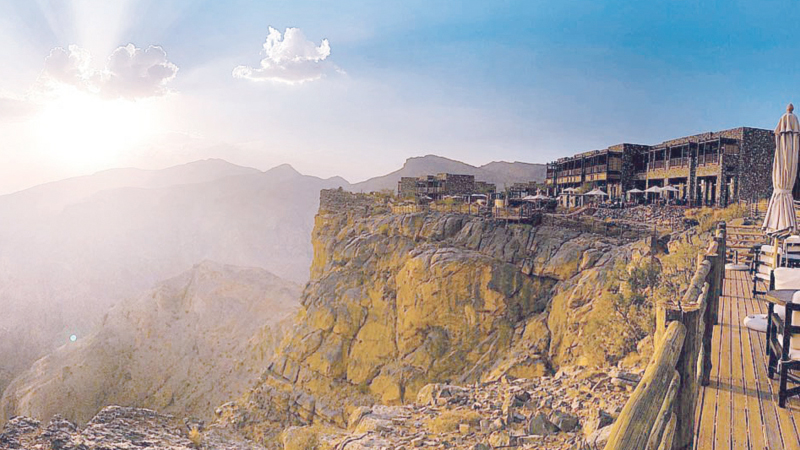


Adam Fitzpatrick, Associate Partner, Cavendish Maxwell Oman -
The development of Oman’s tourism infrastructure has been a talking point since the Oman Tourism Strategy 2040 (OTS) was announced in 2016. The 24-year plan is central to the country’s economic diversification strategy, particularly with its significant appeal for tourists, from the natural beauty of its mountains, coasts, deserts and wadis, to its authentic history and heritage.
According to the World Travel & Tourism Council (WTTC), tourism is estimated to contribute 8.9 per cent of Oman’s GDP by 2028, by which time it will also rise from 28th to 18th in the council’s ranking of countries with the most potential for tourism growth. This will drive real estate growth in Oman, impacting the hotel, retail, commercial, distribution and leisure sectors. Thus, developing a robust tourism strategy now, to take advantage of its wealth of experiential travel opportunities, and addressing some of the challenges along the way, will be crucial to Oman’s long-term economic success.
The new airport will be key to driving growth in arrivals to the Sultanate, while additional entry points, such as cruise ships into Port Sultan Qaboos, will help boost visitor numbers further. Additionally, diverse hotel development must be carried out in tandem with crafting new experiences around Oman’s natural and historic sites, along with the necessary infrastructure development. With the transfer of several of these assets to Oman’s Tourism and Development Company (Omran) the potential for rapid growth and development is significant. The designation of Wadi Bani Khalid, Al Ashkarah beach, Sahoor cave in Salalah, and the Ansab wetlands in Muscat for development by the Implementation, Support and Follow up Unit (ISFU) is an important step in the right direction.
The redevelopment of the historic Muttrah waterfront is another highly anticipated and important project. The transformation of this old harbour into a mixed-use tourist destination will be a new showpiece of Muscat. Currently being developed by Omran, in partnership with Damac Properties, it will serve as a fine example of the interplay between tourism growth and real estate development. Other similar projects will only serve to enhance communities and add value to the real estate market in the long run.
However, a boost in tourism is not without its challenges. Cost and quality remain of particular concern. While there are a number of hotels with international standards, operated by prestigious brands, there is still scope for improvement. Despite being renowned for its hospitality, some of Oman’s hotels and restaurants suffer from poor service standards, and the high prices curb repeat visits to the country.
There are currently 72 hotels under construction in Oman to meet the increased tourism demand, and of these, 55 are expected to be completed in 2019. Although more affordable hotels are opening, such as Rotana’s Centro brand, to meet the growing demand for this market segment, there is still a need for a more diverse offering, including serviced hotel apartments, inns, guesthouses, and a wider variety of hotels, as outlined in the OTS report. Proposed tax increases should also continue to be reviewed by the authorities, especially if they are likely to impact the cost of holidaying in Oman.
A healthy real estate market, with sound fundamentals and multiple opportunities for value creation for investors, is the goal. As Oman continues to push forward in its Tanfeedh programme for economic diversification, the contribution from tourism will be a key driver in realising this. Implementing sound strategies now is vital for successful long-term growth.
Adam Fitzpatrick,
Associate Partner,
Cavendish Maxwell Oman
Oman Observer is now on the WhatsApp channel. Click here



